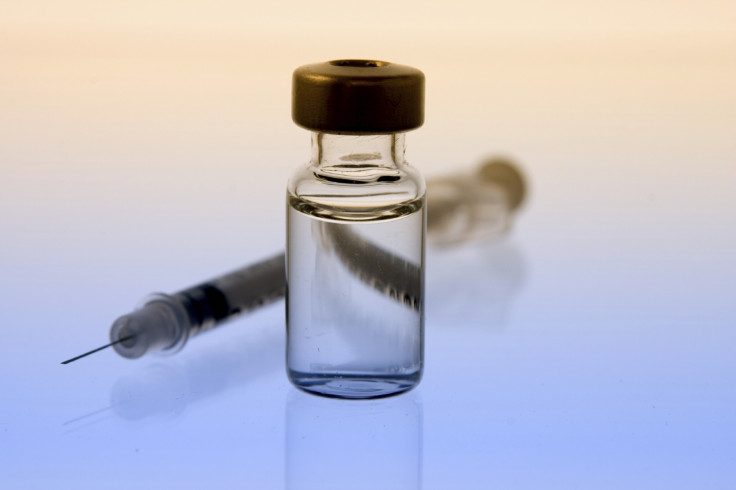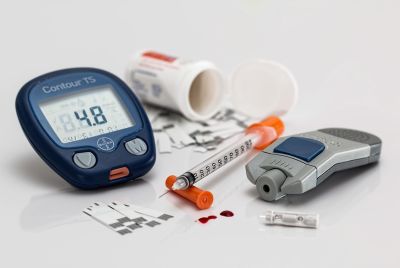WHO calls for urgent action to end morphine supply inequality
As per the report, 10 companies dominated the morphine sales in the market from 2015 to 2020 and 80 per cent of this distribution went to US and Europe and other high-income countries in 2021.

In a major development, the World Health Organisation (WHO) has highlighted the disparity in the availability of critical pain relief drugs usually used worldwide.
In a report published last week, the apex organisation showed how morphine wasn't distributed equally all over the world and many people are suffering because of it.
The report is aptly titled "Left behind in pain" as this skewed distribution of this critical drug isn't fulfilling the medical needs of people and those who can't access them are often left behind. According to the report, 10 companies dominated the morphine sales in the market from 2015 to 2020 and 80 per cent of this distribution went to US and Europe and other high-income countries in 2021. Out of this, a major share of 76.7 per cent went to the US followed by Canada receiving 12.6 per cent
The organisation has called for a balanced approach and some changes in the policy to make morphine accessible for all.
The importance of morphine
Morphine is known to be the most effective low-cost medicine for pain relief and hence its availability is crucial for people all over the world, especially those in economically backward communities and regions. It has been listed in the World Health Organisation's model list of essential medicines since 1977 and despite that, there's a stark disparity in its supply.
The difference in supply between high and low-income countries is quite substantial. The low-income economies have a five to 63-fold lesser supply of this drug compared to high-income economies.
Not just that, the way morphine is distributed appears to be unjust and biased as it isn't based on medical needs. The consumption pattern is heavily skewed with those in medical need of the drug getting it far less than those who don't.
The drug isn't being supplied to those who are suffering from pain or shortness of breath coupled with a terminal illness. Ideally, the yardstick of availability should be people like those mentioned above and prioritised on the basis of how many days they are living without the drug.
The report is validated by a 2018 Lancet Commission study which showcased the lack of such pain relief drugs as "the biggest inequities of global health". It highlighted how the top 10 per cent of wealthy countries are hoarding 90 per cent of these medicines
WHO reiterated that this is a serious concern for policymakers as this medicine is critical for end-of-life care. The organisation called for urgent action towards safe and timely access to medicine and for that, a balanced policy is needed.
We must urgently advocate for safe and timely access to morphine for those in medical need through balanced policy, everywhere.
Why this disparity?
WHO analysed respondents from 105 member states to understand the reasons for disparity which revealed certain critical barriers like lack of financing in the healthcare facilities of low-income countries. The legislative and regulative framework of certain nations also made it quite difficult to get the supply of morphine. Some regions have restrictions which prevent free prescribing and access to this by healthcare professionals.
Also, there are certain concerns related to opioids like morphine which aren't advised for use in chronic non-cancer pain. Although valid, this drawback of morphine usage often creates a barrier in people's minds and they refrain from using them.
Set of actions
The WHO report underlined a list of action areas which can improve the availability and the safe usage of the drug. Statewide programs done on a small scale in specific regions are a good way to change the perception regarding the medical use of morphine and it can also enhance the accessibility of morphine if it is paired with essential services packages under palliative care products.
Other than that, the process of acquiring and supplying the drug has to be streamlined along with improvement in governance in the region. This would enhance the efficiency of the system and remove the bottlenecks of resource availability. Added to this adequate training of healthcare professionals to develop the necessary skill sets along with the availability of funding remains essential.
All these changes can be achieved and become successful only if the various stakeholders at the regional, national and global level coordinate and cooperate.
© Copyright IBTimes 2025. All rights reserved.






















